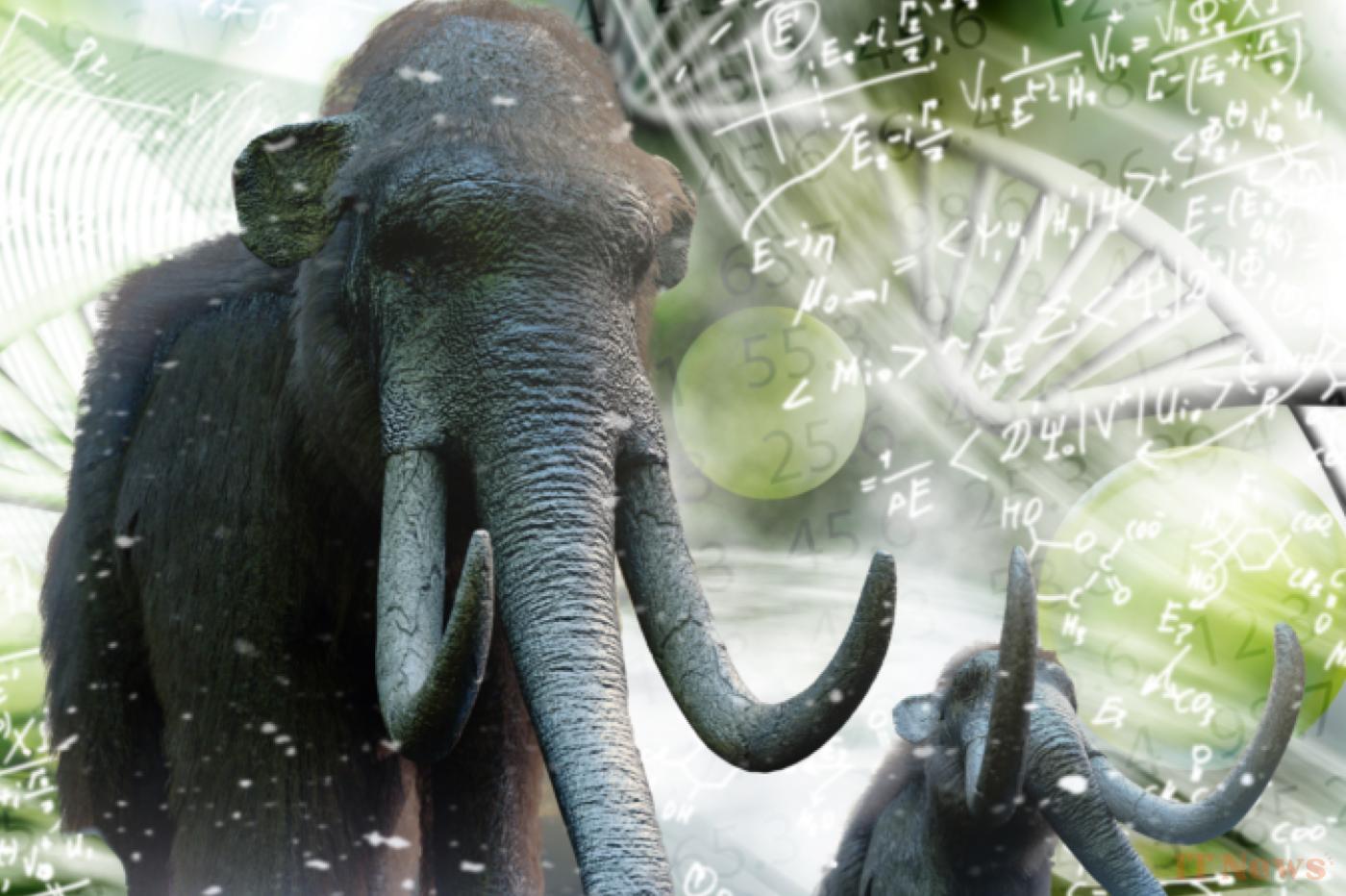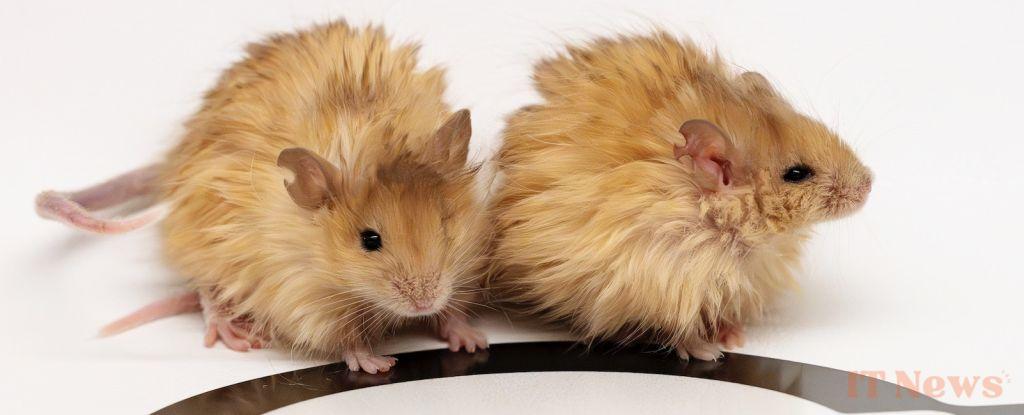For several years, the American company Colossal Biosciences has been trying to accomplish a true scientific feat by using genetic engineering to resurrect the mammoth, this iconic species that disappeared several millennia ago. They now believe they have taken a big step in this direction by producing "woolly" mice whose fur mimics the cold-weather adaptations of the famous pachyderms—but not all researchers are convinced.
To achieve this result, the team began by meticulously dissecting the genomes of 59 mammoth remains belonging to three different species: woolly mammoths (Mammuthus primigenius), steppe mammoths (Mammuthus trogontherii), and Columbian mammoths (Mammuthus columbi).
At the same time, they also looked at the genomes of Asian elephants, the mammoths' closest living relatives. This phase of the analysis is crucial because it allows them to identify the portions of the genome that have been lost since the mammoths disappeared, and that will need to be reconstructed to bring them back to life. This approach allowed the researchers to identify seven genes involved in the production of the mammoths' thick fur, as well as other portions of the genome responsible for other adaptations to the cold, such as the retention and distribution of fatty tissue.
From there, they used three different genetic engineering techniques to modify the genome of very early mouse embryos, integrating synthetic versions of the previously identified genes. They then cultured these embryos to allow the animals to mature. At the end of the process, the team obtained a litter of mice that were very different from what they would have been without these genetic manipulations. Instead of a very dark and fine coat, they were covered in thick golden down.
A success that the company presented as a big step towards the return of the famous mammoth. "Colossal's woolly mouse marks a turning point in our mission to fight extinction," explains its co-founder and CEO Ben Lamm. But the least we can say is that not everyone shares this interpretation.
The scientific community not exactly impressed
Some detractors point out that, on a purely scientific level, these mice are not very impressive. The techniques used are already well mastered; This is far from the first time that genes have been transferred from one species to another in this way, and the fact that some of them come from an extinct species does not change much on a technical level.
"It's just a mouse with special genes," says Stephan Reisenberg, a genetic engineer at the renowned Max Planck Institute, quoted by the prestigious journal Nature.
Other researchers also point to the methodological shortcomings of Colossal's study. Vincent Lynch, an evolutionary geneticist also cited by Nature, regrets, for example, the fact that this work did not seek to establish a direct link between the integration of these genes modeled on those of the mammoth and the change in appearance of the mice. According to him, because of this limitation, it is impossible to know if it is really the mammoth genes that are manifesting, or if these sequence changes have simply allowed “silent” portions of the mouse genome to be expressed.
“I would love it if this showed that the mammoth-specific changes identified by genome comparison have real phenotypic consequences, but that is not the case,” he says.
All these researchers therefore seem to agree on one point: reconstructing a true mammoth genome from that of an elephant will be much, much more complicated, and the undertaking is still very far from achieving it.
“De-extinction,” a false good idea?
Beyond the technical considerations, Colossal’s work also sparks controversy for more ethical reasons. Many observers believe that the project simply has no reason to exist.
Their first argument: if extinct species failed to survive, there is no reason to believe that they fare better once brought back to life. The case of the mammoth is already very eloquent on this level. The latter disappeared at the same rate as its natural habitat… and this simply no longer exists today. And there's no guarantee that it will feel comfortable in our modern tundras, especially since they are melting away visibly due to global warming.
The firm remains enthusiastic, however, because it hopes that in the long run, its technology will also make it possible to integrate new genes into endangered species so that they can thrive in a world to which they are increasingly less adapted. But is this really a good idea? One can legitimately doubt this.
Allowing an entire population to proliferate from a handful of genetically modified organisms is far from a trivial operation. It is not just a matter of releasing a few animals that were once extinct into the wild and then congratulating oneself in a press release; At an ecological level, this type of project could generate very problematic fallout.
The main fear is that these species, returned from the dead, could drastically change the dynamics of their new habitats. It is no coincidence that the transfer of animals from one continent to another is strictly regulated; a single species can sometimes unbalance an entire ecosystem on its own, as we see with certain invasive species.
Fire ants are colonizing Europe, and that doesn't bode well
Another major problem: it would also be impossible to track the inevitable genetic transfers that would occur during their interactions with other species, such as parasites. In the long term, this could therefore completely distort certain ecological niches, with potentially catastrophic consequences that we would have great difficulty anticipating.
A controversy set to last
In conclusion, reintroducing these extinct species could considerably weaken the very delicate balance that allows certain ecosystems to replace each other – hence the reluctance of critics, for whom innovation does not justify such a risk.
But it takes more than that to discourage Colossal, which claims to be working with the government to "establish ethical and technological standards" before diving headlong into these controversial operations. It will therefore be interesting to follow the progress of this work, both at the technical and ethical levels.
The text of the study is available here.
[Article originally published on March 6, 2025]





0 Comments